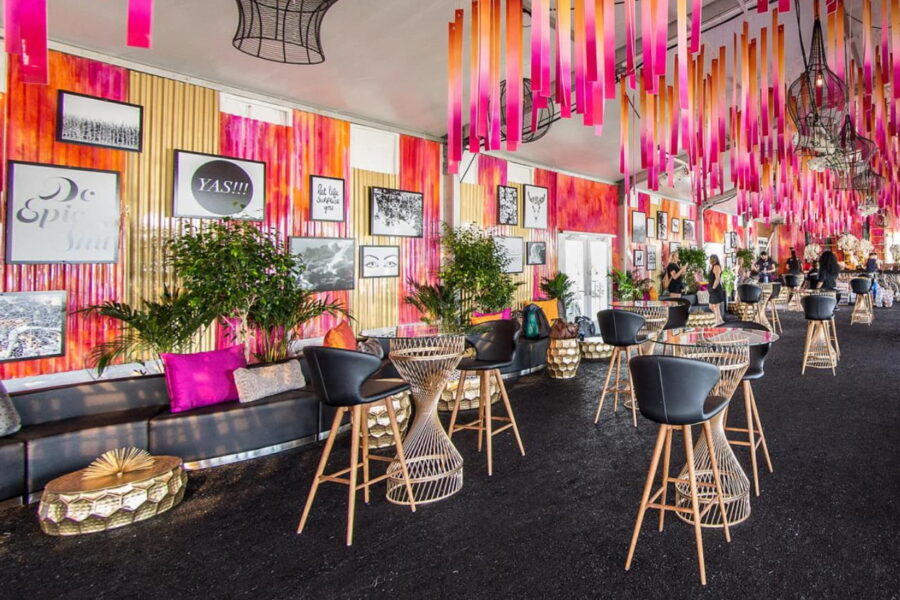In the realm of event planning, success isn’t always about getting the biggest names or the most lavish decorations. It’s about crafting an experience that resonates with your audience and leaves a lasting impression. This is where the art of event design in Toronto comes in. It is not just about aesthetics; it’s about creating a holistic experience that appeals to all the senses and evokes emotions. Let’s explore the five key elements of exceptional event design.
Understanding the Purpose and Theme
The first step in designing an unforgettable event experience involves understanding the purpose and theme of your event. This helps to create a clear narrative that guides every other decision you make. For example, if your event is a charity fundraiser, your theme might revolve around the cause you are supporting, and the purpose could be to raise awareness and funds.
Knowing Your Audience
Your event should be tailored to the preferences and expectations of your target audience. Understanding who they are, what they value, and what they expect from your event is crucial to its success. Conduct surveys, engage with them on social platforms, or use past event data to gain insights into their preferences. This will enable you to create an event that resonates with them and meets their expectations.
Layout and Spatial Planning
The physical layout of your event plays a significant role in shaping the attendee experience. Consider how you can utilize space to facilitate interaction, engagement, and comfort. The setting should be conducive to the event’s purpose, whether it’s a networking mixer, a conference, or a product launch.
Aesthetics and Visual Appeal
Visual appeal is a powerful tool in creating memorable experiences. This includes everything from the color scheme and lighting to the décor and staging. These elements should work together to create an environment that reflects your event’s theme and enhances the overall attendee experience.
Multi-Sensory Engagement
Engaging all the senses is a game-changer in event planning. Beyond captivating visuals, consider how you can incorporate sound, scent, taste, and touch into your event. For example, the right background music can set the tone for the event, aromatic flowers can evoke certain emotions, and interactive exhibits can make the experience more tactile.
In conclusion, exceptional event design in Toronto goes beyond logistics and coordination. By understanding your event’s purpose and audience, planning your space effectively, creating visual appeal, and engaging all the senses, you can design an event that truly stands out.

